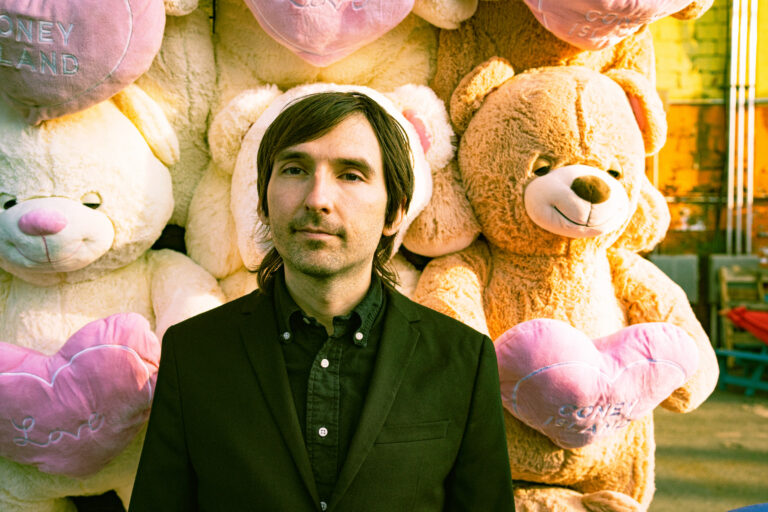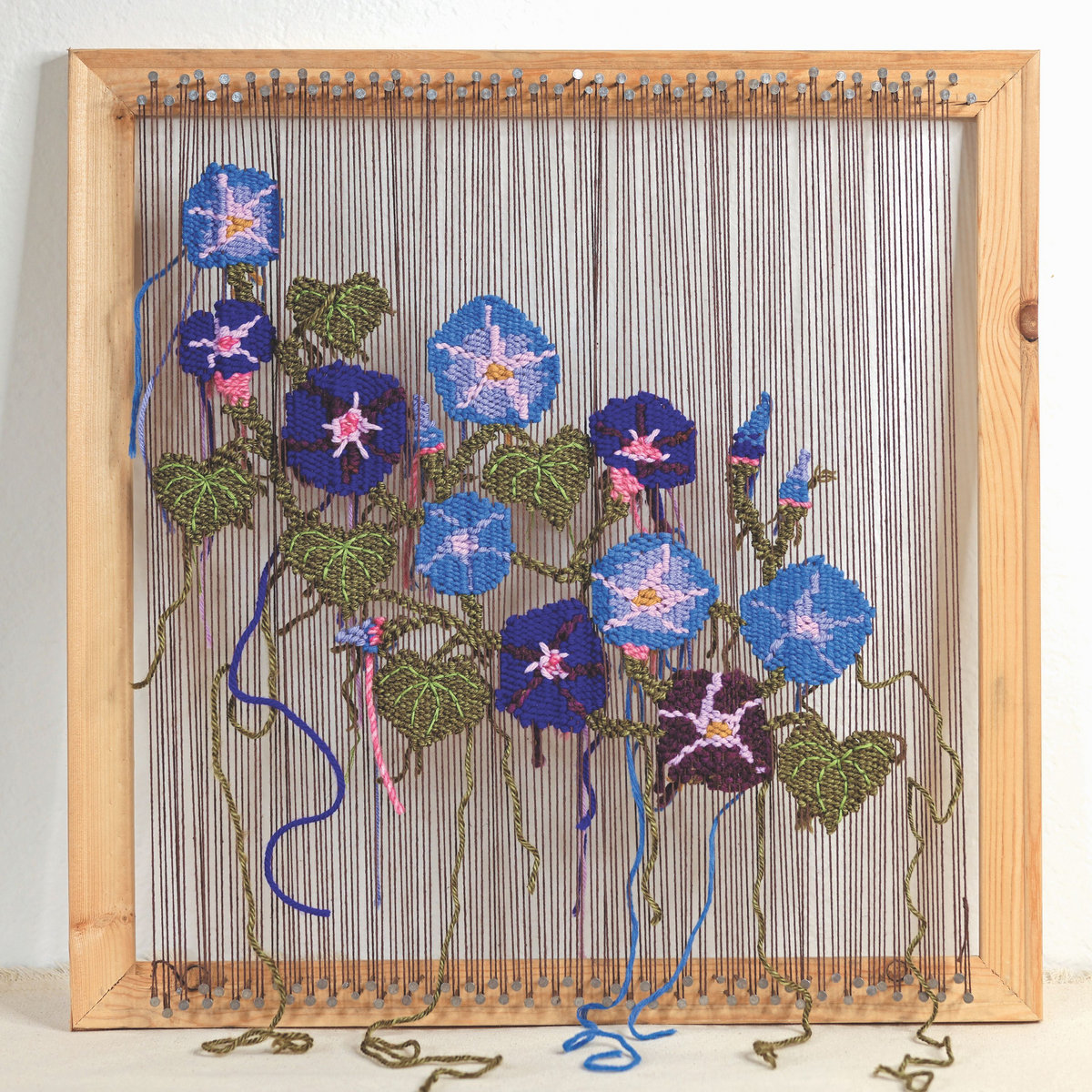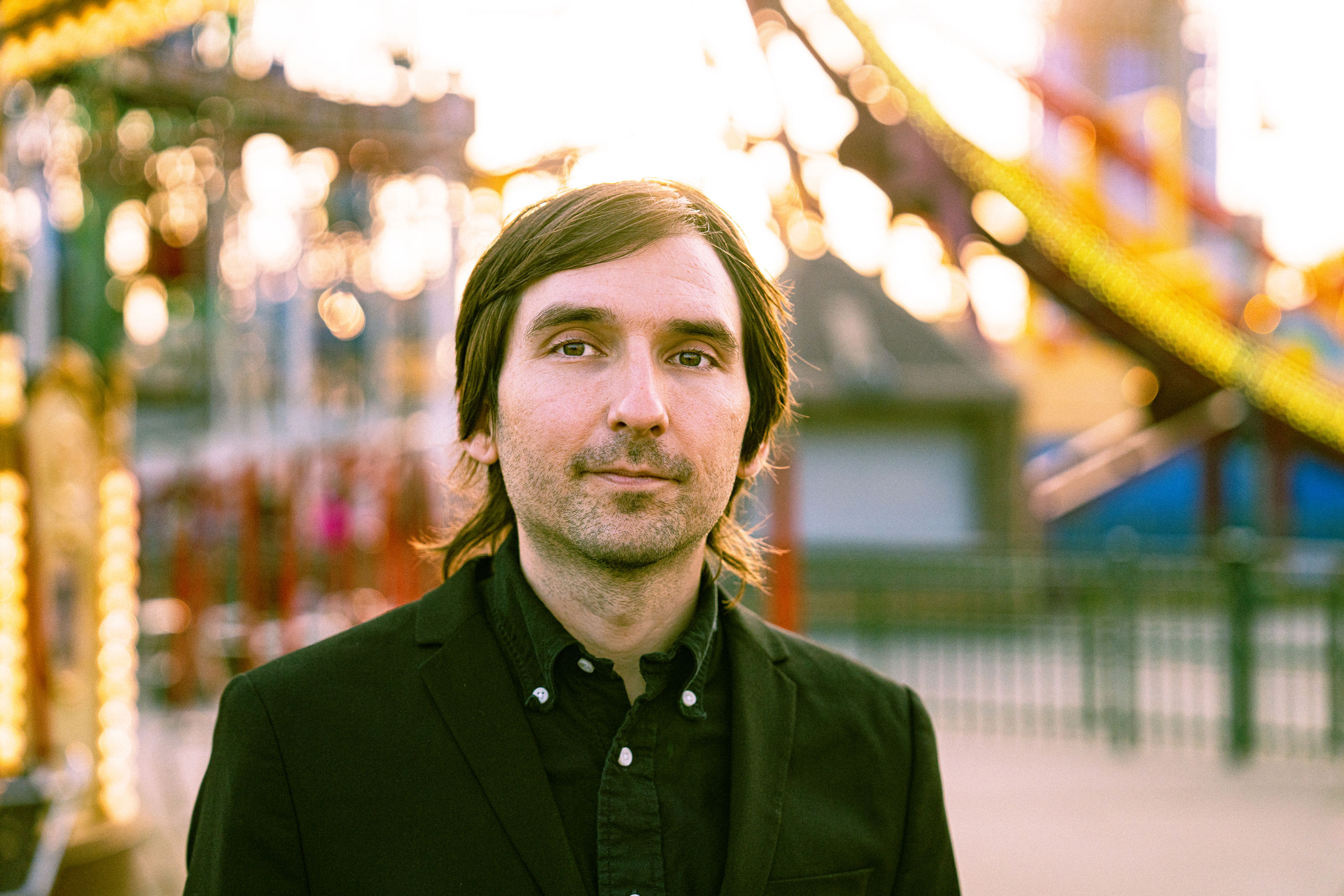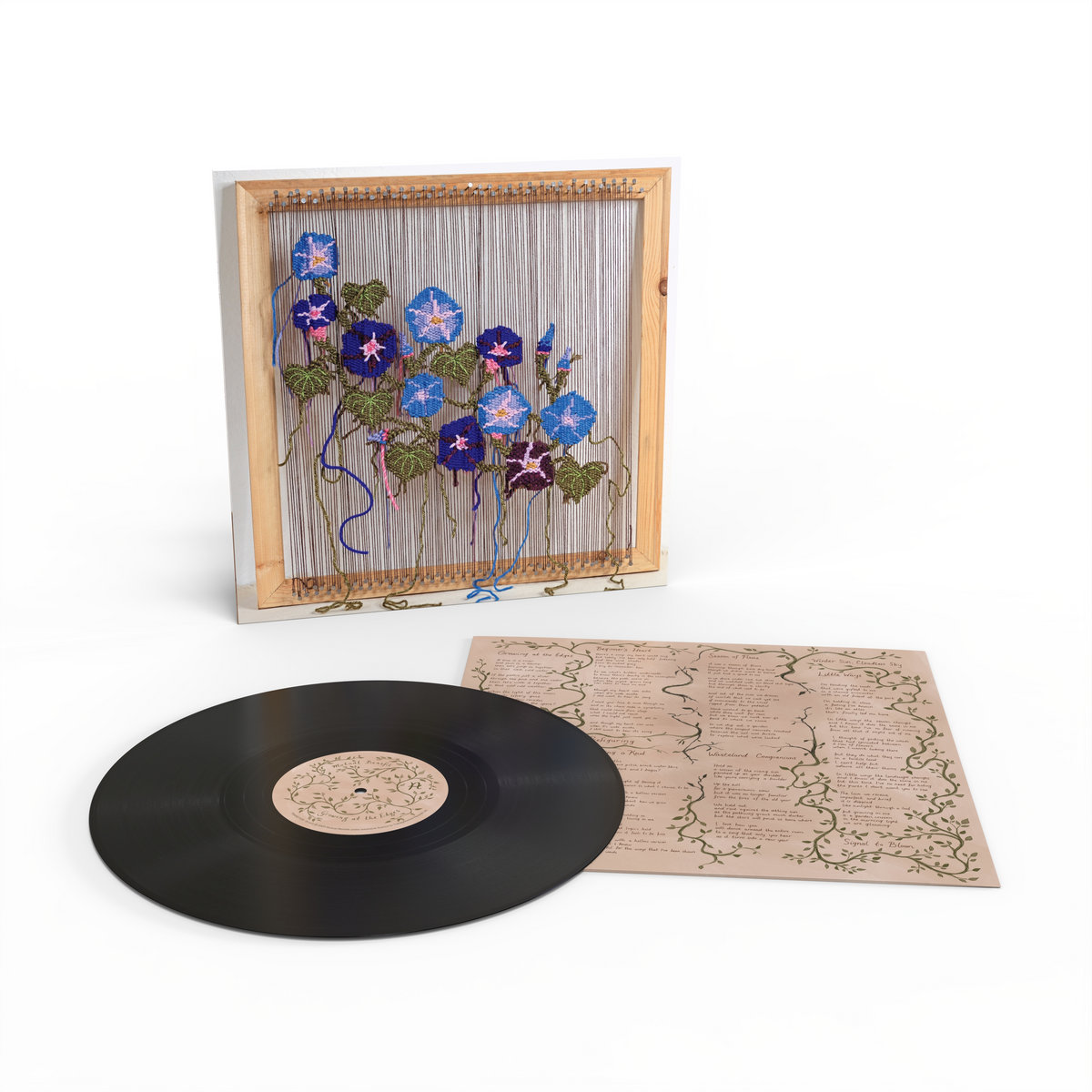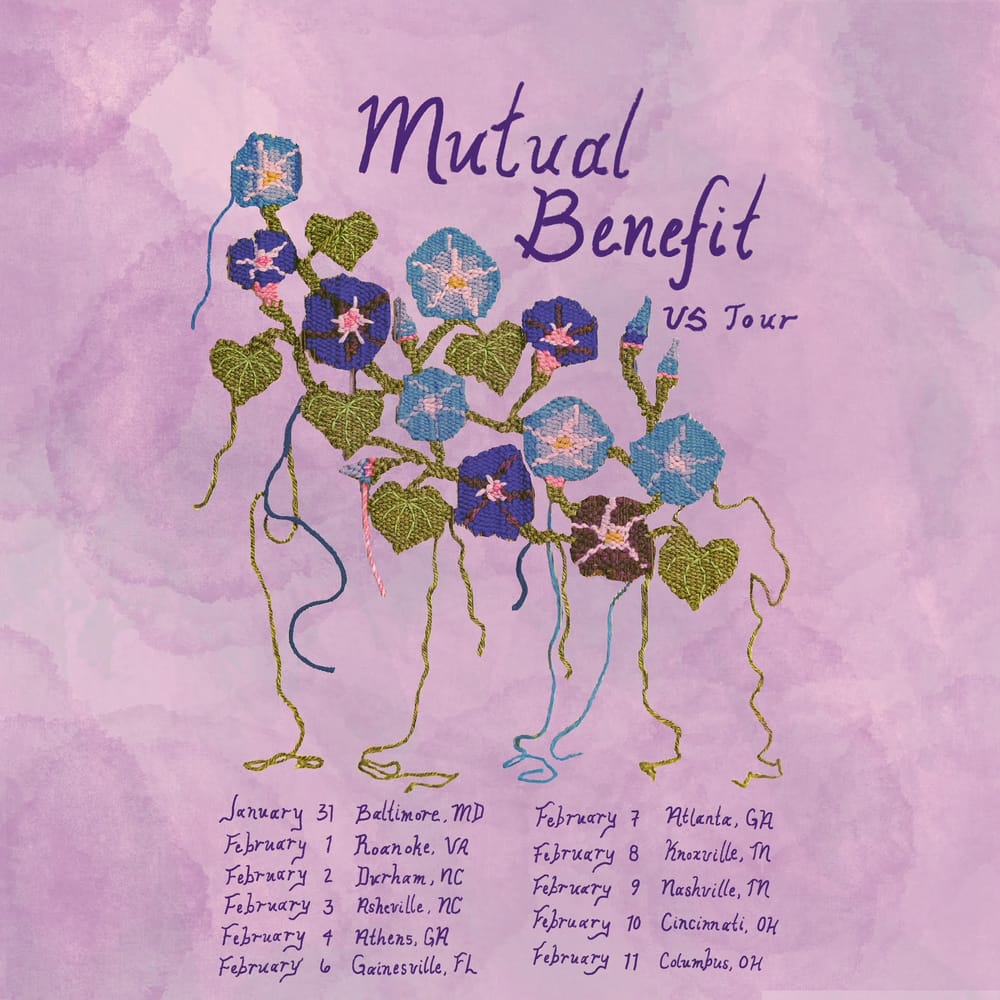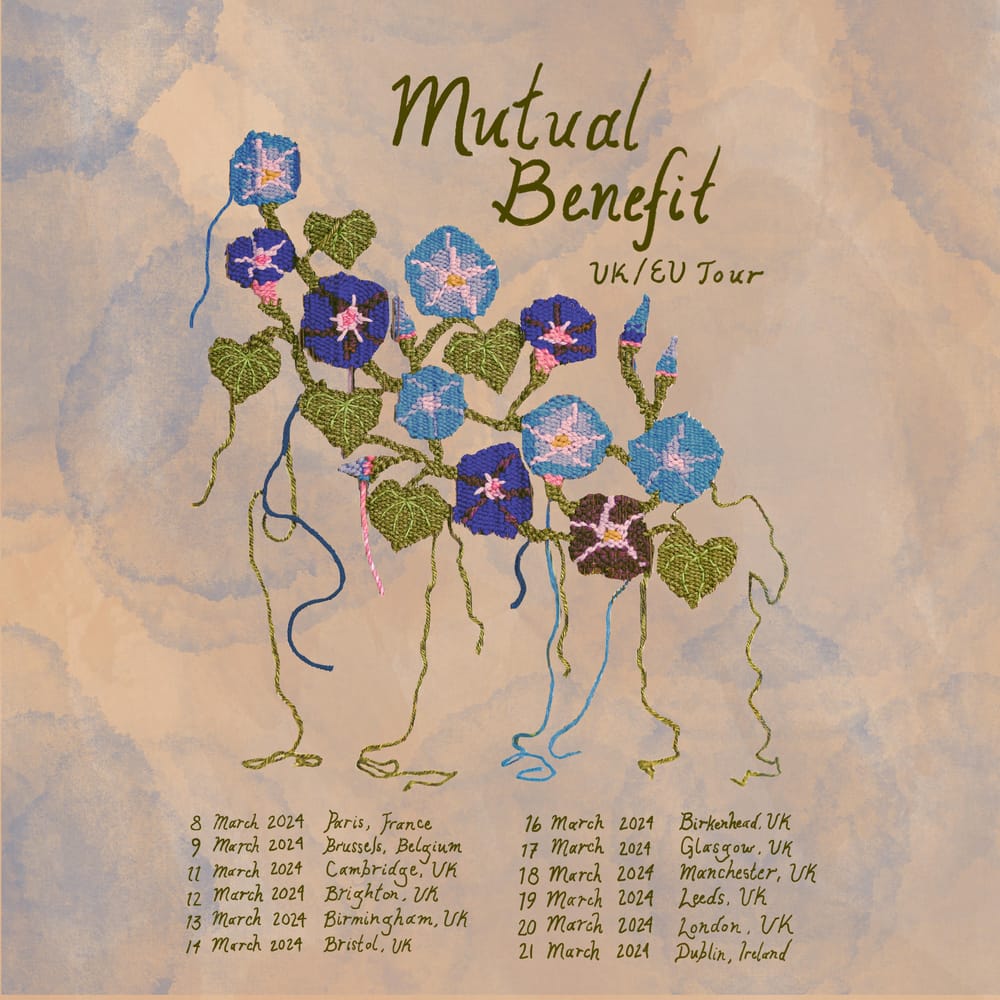Writing in his recent book Sarn Helen, Welsh author Tom Bullough describes the experience of living through the UK’s Foot and Mouth disaster of 2001. The catastrophe saw animals removed the countryside and culled by the millions, a process all too visible for those living nearby. “For months,” Bullough writes, “the hilltops were out of bounds, left without livestock, left without people […] at night on Mynydd Epynt, you could see the red eyes of animal pyres.” But amid the near unimaginable destruction came an equally extraordinary growth. For without the sheep and cows upon the hilltops, the land was free of grazing pressure for the first time in thousands of years, and it took mere months for the change to become visible. “Sometimes I would drive across Hay Bluff, the Begwns or Llanbedr Hill and stare, in growing fascination, at the fuzz that was rising from the ground,” Bullough continues, “the saplings in uncountable number […] It was as if they had been waiting 5,000 years for just this opportunity.”
Growing at the Edges, the new album from Jordan Lee’s Mutual Benefit, is concerned with such phenomena. The growth that occurs in the aftermath of disaster, where small shoots of life sprout from seeds long dormant after a patient wait for more favourable conditions. The thought is comforting in times like these. The antithesis of a prevailing system which only takes. Ours is a society built upon overextraction, a fact of contemporary living so ubiquitous as to be invisible. At least, that is, until a point of rupture occurs, be it the violent imagery of the animal pyres in 2001, the ever-worsening calamities related to the breakdown of our climate, or indeed the collapse of social systems such as healthcare and housing that is leaving increasingly large swathes of the richest populations on earth abandoned and destitute. In order to be productive, capitalism must destroy. With wealth, comes wastelands.
With Growing at the Edges, Mutual Benefit sets out into these perceived dead zones in search of the life which breaks through regardless. That which exists in spite of the hostile environment, or blossoms in something like opposition. “Past the path that was laid,” as the title track goes, “growing at the edges / peeking from a seed / Where there was a wasteland / something new.” The metaphor extends right through to the music itself. To be an artist in a world which hardly values art is to exist within a wasteland. But as Jordan Lee shows, there will always be those saplings, waiting to spring forth.
The title seems like a fitting place to start. It reads as an encapsulation of the record’s themes, and the title track expands this into something of a mission statement. “Past the path that was laid / Growing at the edges / Peeking from a seed / Where there was a wasteland / Something new.” A process of reaching beyond the borders of what we know, daring to imagine other realities. How did these ideas first present themselves and come to inform the album?
When it comes time to start gathering ideas for a new record I become a voracious reader and let my curiosity guide me to the questions I want to explore through the music and lyrics.
The path to Growing at the Edges probably started with the book Mushroom at the End of the World by Anna Lowenhaupt Tsing which on the surface is about the enigmatic matsutake mushroom but keeps zooming out until it is about “cohabitation in a time of massive human destruction.”
I became especially interested in her idea that our current version of capitalism is extractive to the point of constantly leaving behind spaces stripped of value which she calls wastelands. She argues that so much of the earth is a wasteland now that we must redefine our idea of value itself to live within these spaces. That idea and the accompanying imagery was so provocative that it gave me the foundation to build a musical world on top of.
[bandcamp width=100% height=120 album=3828334547 size=large bgcol=ffffff linkcol=0687f5 tracklist=false artwork=small track=1416820899]
Sticking with themes of growth, the record feels like a clear step forward from your previous releases, both in terms of your creative vision and sonic palette. A product, I understand, of trips far from home for residences, and the period stuck within your home during the height of the pandemic. Could you talk through how these very different experiences helped to reimagine the sound and style of your work?
I was very lucky to get two residency opportunities in between tours in 2019. One was a month in a defunct watchtower in rural Northern Ireland and the other was several weeks at Pulp Arts in Gainesville, Florida for writing and recording. In a way the experience of these trips and the months of lockdown in NYC were similar in that I was allowed time to unapologetically focus on my music which is a true gift.
But what I found is it was actually the lockdown that completely transformed my songwriting. In the months where my calendar was completely empty I could just sit at the piano with an open, childlike mind. In fact, I picked up some piano books and started teaching myself classical piano to break myself out of patterns and introduce the feeling of those unpredictable chord changes and shifts.
Each afternoon I would “visit” these half-written instrumental folk songs I had been writing and mess with their forms and their chords and start delicately drawing out the potential melodies and lyrical motifs. I did this for maybe five months and then spent a couple weeks at home making demos on guitar, piano, bass, and voice. I remember finishing the demos the day I got the vaccine which was such a cathartic feeling.
And collaboration with the likes of Gabriel Birnbaum and Concetta Abbate played a role in this too?
Once the demos were completed I wanted to collaborate as much as possible since I had deeply missed the feeling of playing with other people. I knew Gabriel Birnbaum a bit from various collaborations and I always enjoyed seeing his band, Wilder Maker live. They are so tight and you can just feel how much they love music, it is infectious. So I got it in my head to ask Gabriel if he could co-produce the record and infuse these songs with some of his jack-of-all-trades skills in jazz, country, and rock n roll. He is a really good listener and the songs benefited from his outside perspective, even though it was occasionally scary to get outside my comfort zone.
I met Concetta pretty randomly at a park in Queens. Soon after I went to a show to see her big ensemble piece, Laminaria, and I was blown away by her arranging. Our process was Concetta making demos and then her, Gabriel, and I would sit around my dining room table and discuss what we liked or wanted to change and after many dining room table sessions and bowls of lentil soup we had our parts. It was a lot more work but I enjoyed the process of “composing” all the parts instead of multi-track recording the violin on the fly like I have done in the past.
Can we talk a little about wastelands? I mean, if the growth is at the edges then desolation must be a central feature of the record? It brings to mind the situation here in Wales, where we’ve got these rolling green fields and mountain ranges that are intrinsic to the national identity—landscapes which feel natural and alive, when in reality they are relatively barren zones created by grazing livestock and various forms of mining. The wasteland has become what people know and protect, to the point where attempts to ‘rewild’ or increase biodiversity are treated with hostility. There’s an analogy with our current cultural situation too, where over-processed, over-familiar ‘content’ seems to be valued more than anything else. It’s safe, it’s recognisable, it’s what we think we want. But when people are allowed to look to the edges, it’s clear where the real value exists. As though art breaks through regardless, just as shoots follow a winter die back or in the wake of a forest fire. I read you were inspired by Islands of Abandonment by Cal Flyn in this regard? The idea of rebounding from disaster or ruination?
I agree with your analogy, besides the literal wastelands created by over-extraction, waste, and climate change, I think winner-takes-all capitalism effects every facet of life from supermarkets being filled with poisonous junk food to music becoming more formulaic to get more streams to breakdowns in communal empathy that lead to polarization and loneliness. I mean, so many people have the majority of their human interactions on social media platforms that are literally meant to addict and extract behavioral data. I find that to be so spiritually damaging!
This is all to say that I see the way things are here in the US as already totally broken. Before I had the framework of this album I would get so hopeless and depressed it would be hard to get out of bed sometimes, but I love the idea of the little sprouts that can pop up after a disaster. I am so inspired by my friends and peers who have chosen to live their values and try to help their communities. I have lost my faith that very much transformational good can happen in the mainstream but I have renewed appreciation for mutual aid projects and work being done on the margins. To an extent, I think that is where the interesting art can be found too. Part of writing this album was coming to terms that we are already living in a disastrous time but instead of glossing over it to keep a delusional peace of mind, it is more meaningful to try and find the small ways to resist.
[bandcamp width=100% height=120 album=3828334547 size=large bgcol=ffffff linkcol=0687f5 tracklist=false artwork=small track=2941481718]
There’s an interesting thread of messiness across the album. It’s right there in the titular image of ‘Untying the Knot’; this sense of picking at that which seems complete and elegant to get closer to a lived truth. It’s refreshing, I think, for a record that broaches nakedly political themes to embrace this more disordered view. There’s an understandable pressure to be complete in our thinking on such topics. To have answers fully formed and ideal. But it’s also an impossible pressure, especially for any one person. And it stymies the often risky and chaotic creativity which is required to truly confront the biggest issues. Have you considered this productive or even virtuous aspect of disorder?
Making music that is even a little political is a difficult balance for the reasons you say. One of the hardest parts of the lyric process for Growing at the Edges was writing about forest fires, which are obviously devastating but also, when controlled, are a key way of keeping the ecosystem in parts of California healthy. I didn’t want to seem like I am rooting for people to get hurt, or that I am some kind of accelerationist but I do see value in imagining our current systems as broken and wondering what better ones might look like. It is kind of like exposure therapy.
The act of trying to say something meaningful but not be pedantic makes the lyric writing process excruciating for me. My favorite strategy is to change statements into questions. I find that it makes the song feel less preachy and gives the listener more room to engage with lyrics without being defensive.
I felt like ‘Untying a Knot’ had to be on the album because it doesn’t make sense to think about external politics if you are not willing to put that same scrutiny towards yourself with a truly open mind. I wish it were more normalized to admit you are wrong about something and have a process of support while you learn better.
I think the record serves as both a statement and an invitation. An act of playful, instinctive creativity which invites others to join in. And one which also champions collaboration as the way to hone and ultimately realise these visions in ways which might not be possible alone. It opens up a kind of collective dreaming that merges the playful and messy experience that is creativity with the potential for large-scale change that comes with connection and collaboration. Do you see art and creativity as tools to challenge ingrained thinking and instigating systemic change?
I absolutely see art and creativity as tools to challenge ingrained thinking. That is the idea that keeps me going. I think of my art practice as collaboratively finding good questions that lead to answers and hopefully more questions.
By the way, thank you so much for understanding the intent of the album. During the promotion cycle, I was afraid I had made everything a bit too subtle but your questions have really gotten to the core of what I was trying to say so thanks for the deep listening!
Growing at the Edges is out now via Transgressive and available from the Mutual Benefit Bandcamp page. Lee is about to take Mutual Benefit out on tour, first across the US and then the EU/UK. See full dates below and grab tickets here.
Mutual Benefit US Tour Winter 2024
1/31 Baltimore, MD / Normals
2/1 Roanoke, VA / The Spot on Kirk
2/2 Durham, NC / The Pinhook
2/3 Asheville, NC / TBA
2/4 Athens, GA / Buvez
2/6 Gainesville, FL / TBA
2/7 Atlanta, GA / 529
2/8 Knoxville, TN / The Pilot Light
2/9 Nashville, TN / The Basement
2/10 Cincinnati, OH / TBA
2/11 Columbus, OH / Dirty Dunagarees
Mutual Benefit EU/UK Tour Spring 2024
8 March / Paris, FR / Le Pop Up Du Label
9 March / Brussels, BE / Botanique, Rotonde
11 March / Cambridge, UK / Portland Arms
12 March / Brighton, UK / Green Door Store
13 March / Birmingham, UK / Hare & Hounds
14 March / Bristol, UK / Bristol Beacon Cellars
16 March / Birkenhead, UK / Future Yard
17 March / Glasgow, UK / Hug & Pint
18 March / Manchester, UK / YES Basement
19 March / Leeds, UK / Brudenell
20 March / London, UK / St.Matthias Church
21 March / Dublin, IE / Workman’s Cellar
Portrait photos by Annalie Bouchard, album art + layout by Natalie Phillips

